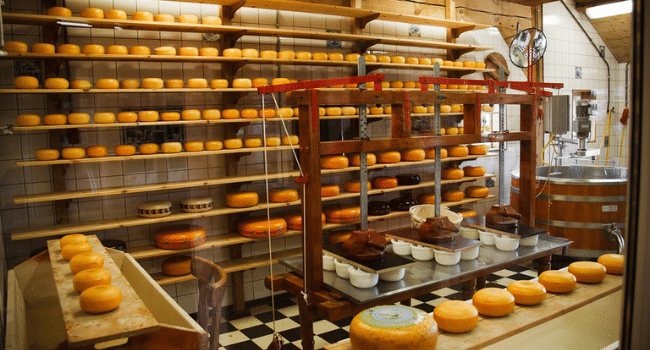Table of Contents
The future of the food factory is bright, given the government’s continued efforts to assist companies in innovating and adopting new technology, as well as staying current with changing market trends. By 2025, the goal is to revitalize the sector, increase productivity, create new employment, and establish Singapore as Asia’s top food and nutrition centre.
The food sector is also being transformed by external factors such as growing urbanization, population expansion, shifting consumer preferences, technological advancements, and an increase in personal wealth.
‘In today’s corporate world, disruption is par for the course.’ The impact may be felt in a wide range of businesses, and the food processing industry is no exception. To keep up with the ever-changing industry, companies’ real estate requirements will evolve as well. Because of this, demand for food factories and central kitchens in Singapore has increased, according to Dominic Peters, Colliers International’s Senior Director of Industrial Services.
When it comes to the industrial property market in Singapore, a recent Colliers analysis shows that the number of food factories is growing rapidly. This is especially true in the city’s core and more established food production areas like MacPherson, Pandan Loop, and Bedok North.
Demand for Food Factory Singapore
Growth in Singapore’s broad food industry, including e-commerce and more competitive meal delivery services, has also contributed to increased demand for food factories in Singapore.
In Woodlands Industrial Xchange, Foodpanda established its first central kitchen in March 2018 with a dine-in option for customers. After a month, Deliveroo opened CT Hub 2’s second central kitchen. During a recent media event, GrabFood, a competitor, claimed it was considering installing central kitchens in Singapore, but did not disclose any other information.
The fierce competition in this market sector has prompted grocery delivery company honestbee to announce that it would cease its food delivery service in Singapore as part of a strategic assessment.
“We anticipate digital technology and automation to be among the key drivers of change in the food business,” Mr. Peters said. Manufacturers will have to have a robust hunger for innovation, as well as significant funds. Real estate providers would also have to future-proof their spaces, which might include giving greater flexibility to combine smaller units into bigger spaces, providing more integrated shared amenities, and introducing higher specs to meet industrial demands in the future.
Upcoming Food Factory
Due to Singapore’s abundance of food industrial space, food companies are spoiled for choice. Over 637,000 square feet of food industrial space went online in Q1 2019, according to JTC data. This is an increase from the 31,431 square feet of space built in 2018.
According to Colliers Research, an additional 3.68 million square feet of office space will be constructed in 2020-2022. This flood of supplies will be concentrated in the North, East, and West. Over one million square feet of gross floor area is planned for JTC Bedok Food City, which is scheduled to open in early 2020.
Over at Mandai there’s a rare freehold food factory at 7 Mandai estate Singapore that comprises of a total of 47 units that can ramp up on every level. Food factory already rare. With its freehold tenure its even more rare to come by as more food factories are being build to support the demand of cloud kitchen.
Good Capital gain and Rental Yield
Colliers Research forecasts food factory rents and prices to stay constant over the next three to five years due to enough supply coming on-stream..
Food manufacturers’ rental rates and costs may vary greatly based on factors such as location, building design, specifications, and length of land tenure. Catering and food delivery services have a high time sensitivity, hence central kitchens in the CBD or residential areas fetch higher rentals and costs than the national average.
To save money on rent, Colliers suggests that tenants pay attention to the rules and have an open mind about amenities outside the city. It’s critical for operators to keep investing in new technology to stay ahead of the competition.
Read more on KulFiy
